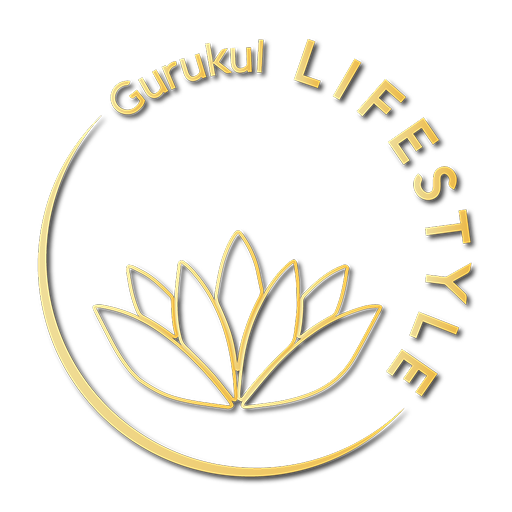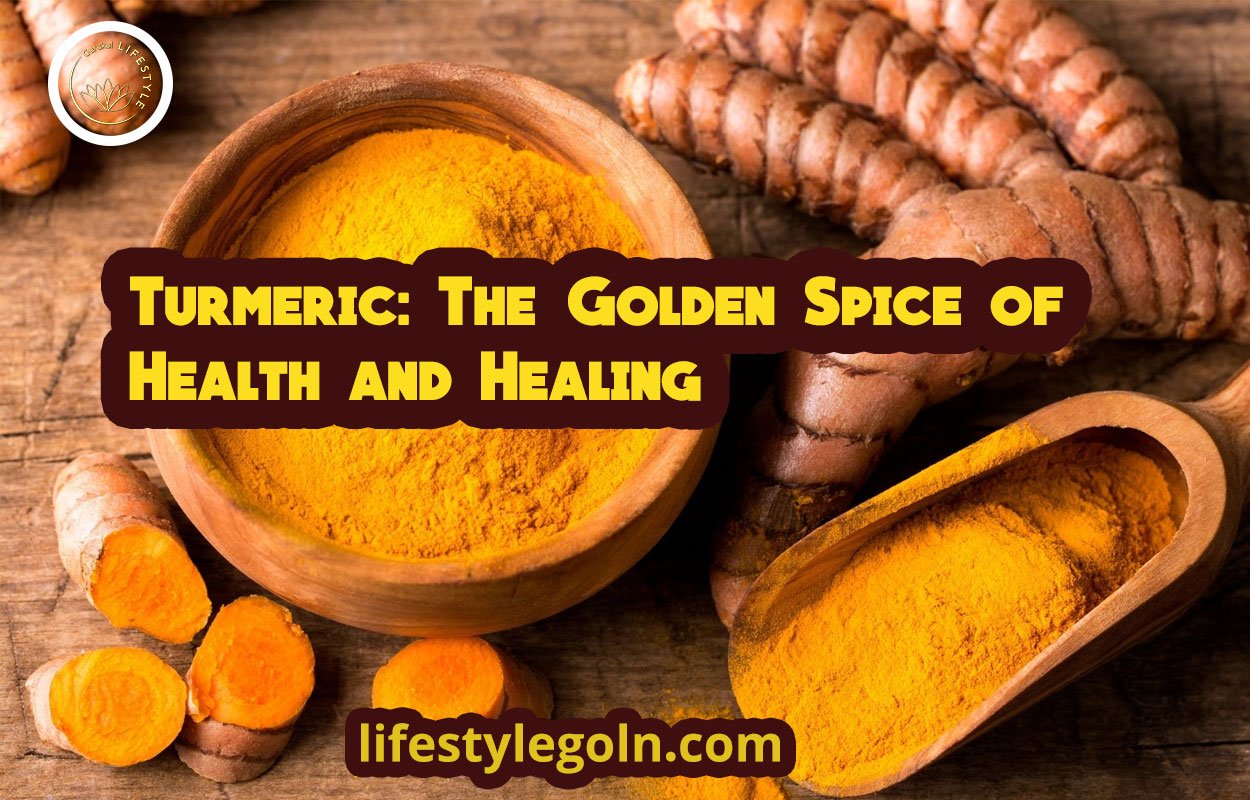Turmeric, scientifically known as Curcuma longa, is a bright yellow-orange spice that has been a fundamental part of traditional medicine and culinary practices in South Asia for thousands of years. Originating in India, turmeric holds a revered place in Ayurveda and traditional Chinese medicine for its medicinal properties and health benefits. The active compound responsible for turmeric’s vibrant color and powerful therapeutic effects is curcumin. In this essay, we will explore the historical significance of turmeric, its nutritional composition, medicinal properties, and the various ways it has been used for health and healing.
Turmeric: The Golden Spice of Health and Healing
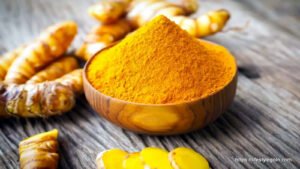
Section 1: Historical and Cultural Significance of Turmeric
1.1 Historical Usage:
Turmeric has been used in India for over 4,000 years, and its roots in ancient Indian civilization are deeply intertwined with its culture and religious practices. It is not only a culinary spice but also an integral part of traditional rituals and ceremonies. Turmeric’s extensive use in Ayurvedic medicine dates back to ancient times, where it was used to treat various ailments, promote healing, and boost overall well-being.
1.2 Cultural Significance:
Turmeric holds significant cultural importance in various South Asian countries. In Indian weddings, a traditional ceremony called “Haldi” involves applying a turmeric paste to the bride and groom’s bodies to bless them with a radiant glow and good health. Turmeric is also used in religious ceremonies and festivals, symbolizing purification, prosperity, and protection.
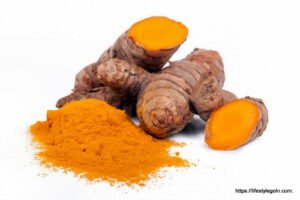
Section 2: Nutritional Composition of Turmeric
2.1 Curcuminoids:
The key bioactive compounds in turmeric are curcuminoids, with curcumin being the most prominent and well-studied compound. Curcuminoids are polyphenolic compounds that give turmeric its characteristic yellow color. Curcumin, in particular, is responsible for the majority of turmeric’s medicinal properties.
2.2 Essential Oils:
Turmeric also contains essential oils, including turmerone, atlantone, and zingiberene. These oils contribute to the spice’s distinctive aroma and flavor, enhancing its culinary appeal.
2.3 Vitamins and Minerals:
Turmeric is a rich source of essential vitamins and minerals, including vitamin C, vitamin E, vitamin K, potassium, iron, and manganese. These nutrients play essential roles in maintaining overall health and supporting various physiological functions.
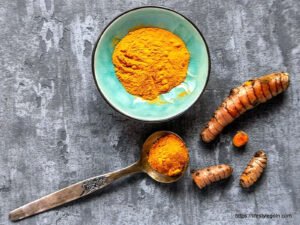
Section 3: Medicinal Properties of Turmeric
3.1 Anti-Inflammatory Effects:
Curcumin, the primary active compound in turmeric, is renowned for its potent anti-inflammatory properties. It inhibits the activity of inflammatory enzymes and cytokines, reducing inflammation and providing relief from conditions such as arthritis, inflammatory bowel disease, and other inflammatory disorders.
3.2 Antioxidant Activity:
Curcumin is a powerful antioxidant that helps neutralize harmful free radicals in the body. By combating oxidative stress, curcumin supports cellular health and contributes to reducing the risk of chronic diseases, including cardiovascular disease, cancer, and neurodegenerative disorders.
3.3 Immune System Support:
Turmeric’s immune-boosting properties are attributed to its ability to modulate the immune system. It enhances the activity of immune cells, improving the body’s defense mechanisms against infections and illnesses.
3.4 Pain Relief:
Curcumin’s anti-inflammatory effects make it effective in relieving pain associated with various conditions, including arthritis, muscle soreness, and joint pain.
3.5 Digestive Health:
Turmeric has been used traditionally to support digestive health. It aids in stimulating bile production, promoting efficient digestion and reducing symptoms of indigestion and bloating.
3.6 Wound Healing:
In traditional medicine, turmeric paste has been used topically to promote wound healing and skin health. Curcumin’s anti-inflammatory and antimicrobial properties contribute to the accelerated healing process of wounds and minor skin injuries.

Section 4: Modern Research and Clinical Studies
4.1 Cancer Research:
Curcumin’s potential in cancer prevention and treatment has been a subject of extensive research. Studies have shown that curcumin can inhibit the growth of cancer cells, induce apoptosis, and prevent tumor angiogenesis, potentially reducing the risk of various types of cancer.
4.2 Cardiovascular Health:
Research has demonstrated that curcumin may improve cardiovascular health by reducing LDL cholesterol levels, enhancing endothelial function, and preventing the formation of arterial plaques. These effects contribute to a reduced risk of heart disease and related complications.
4.3 Neurological Disorders:
Curcumin’s neuroprotective properties have sparked interest in its potential for preventing and treating neurodegenerative disorders like Alzheimer’s and Parkinson’s disease. Its ability to cross the blood-brain barrier and modulate inflammatory processes in the brain makes it a promising candidate for future treatments.
4.4 Diabetes Management:
Studies have indicated that curcumin can improve insulin sensitivity and reduce blood sugar levels, offering potential benefits in managing type 2 diabetes.

Section 5: Culinary Uses of Turmeric
5.1 Traditional Dishes:
Turmeric is a staple spice in Indian, Thai, and other South Asian cuisines, where it is used to add flavor, color, and aroma to a wide range of dishes. It is a key ingredient in curry powders, imparting a warm, earthy taste to various curry dishes.
5.2 Beverages:
Turmeric is used to prepare traditional beverages such as “Golden Milk” or “Turmeric Latte.” These drinks often include turmeric, milk, black pepper, and other spices, creating a comforting and health-promoting beverage.
5.3 Condiments:
Turmeric-based condiments, such as turmeric pickles and turmeric paste, are popular additions to meals in South Asian cuisine. These condiments not only enhance the taste of dishes but also contribute to their medicinal value.

Section 6: Incorporating Turmeric into Modern Diets
6.1 Turmeric Supplements:
As interest in turmeric’s health benefits grows, so does the availability of turmeric supplements. These supplements offer a concentrated dose of curcumin and curcuminoids, making them a convenient way to incorporate turmeric into one’s diet, especially for those who may not regularly consume the spice in their meals.
6.2 Turmeric in Smoothies and Juices:
Adding a pinch of turmeric to smoothies and freshly pressed juices can enhance their nutritional value and provide a subtle spiciness to the flavor profile.
6.3 Turmeric in Baked Goods:
Turmeric can be used to add color and a hint of flavor to baked goods, such as muffins, cakes, and cookies. Its mild taste complements a variety of sweet treats.

Section 7: Precautions and Potential Side Effects
7.1 Allergies:
While turmeric is generally considered safe for most people when consumed in moderate amounts as a spice in food, some individuals may experience allergic reactions to turmeric. Allergic responses may manifest as skin rashes, itching, or gastrointestinal discomfort. If any adverse reactions occur, it is advisable to discontinue use and consult a healthcare professional.
7.2 Interactions with Medications:
Curcumin may interact with certain medications, including blood thinners and drugs for diabetes and acid reflux. If you are taking medications regularly, it is essential to consult your healthcare provider before adding turmeric supplements or consuming large quantities of the spice to avoid potential interactions.
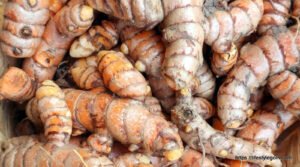
Turmeric, the golden spice of health and healing, has a rich history and a diverse array of medicinal properties. From its ancient roots in traditional medicine to its current status as a subject of modern scientific research, turmeric’s significance as a potent therapeutic agent cannot be overstated.
With its potent anti-inflammatory, antioxidant, and immune-boosting effects, turmeric offers an array of health benefits for various physiological systems. As research continues to unravel its potential in preventing and managing chronic diseases, turmeric’s role in modern medicine and nutrition is likely to expand further.
By incorporating turmeric into our diets through traditional culinary practices, modern recipes, or supplements, we can harness its incredible health-promoting potential. Embracing turmeric as a dietary and medicinal ally can lead to a healthier and more vibrant life, guided by the wisdom of an ancient spice that has stood the test of time.
See more:
